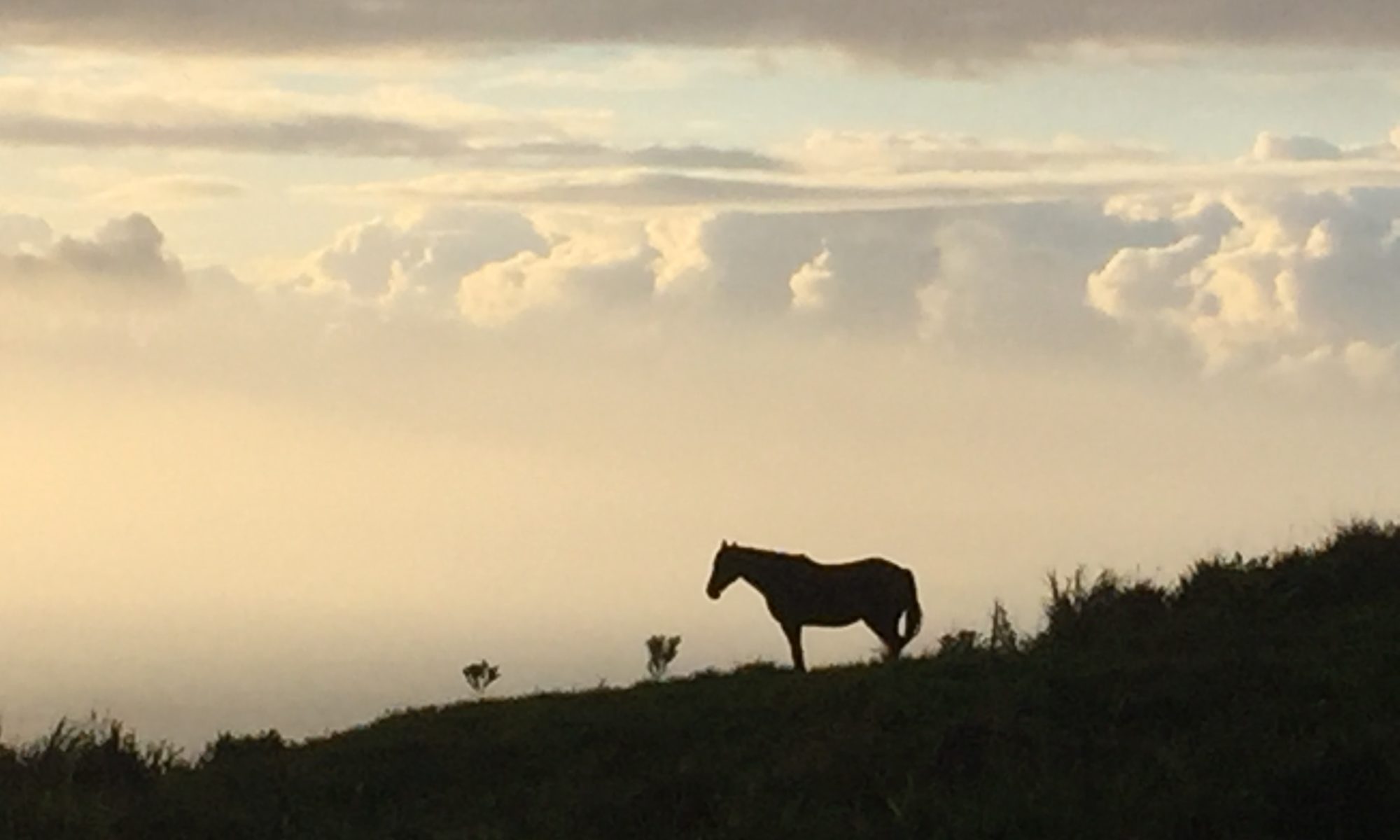Yesterday, in the sea-side town of Kailua-Kona, in the little space of greenery between the post office and the shopping mall, a group of four homeless people were sitting together in a square, as if around a table or a fire. They had with them a small feral piglet, spotted black, white, and orange – what we would call in Hawaiian pidgin kalakoa. The woman in the group was giving the piglet something to eat and it was nosing the ground in the way of pigs. There was a kind of peacefulness about this little group, especially amid the frenzied holiday rush of shopping, driving, and mailing. They were, to be sure a bit ragged, sitting there amid the rocks and dirt and brush. They were struggling, I’m sure, with the hardships, precariousness, and stigma of being homeless. But they were also it seemed to me, at that moment, living more intimately and harmoniously with the landscape and with each other than we “normal,” housed folks.
We were all homeless once upon a time. For millions of years we were wanderers, foraging and hunting as we went. Home was once and for a very long time nothing more permanent than a camp and a campfire. More recently we developed settled encampments and villages, then towns and cities, with all of their appurtenant benefits and luxuries.
It is not OK that there was a 12% rise in homelessness last year in the United States; it is not OK that we don’t have a social safety net that keeps everyone housed, regardless of their employment or mental health status. And yet all too often we fear our fellow citizens who have become unhoused, mostly I think because we are afraid of houselessness – of its vulnerabilities and humiliations. Of its precariousness and powerlessness. That fear gets in the way of looking at homelessness, and at ourselves, the housed and everything that goes into being securely housed, with any degree of clarity.
I am not a homelessness expert, by any stretch of the imagination. I am trying to learn to see the state of homelessness and the people experiencing it. And part of seeing something is to see both the good and the bad, and that moment there by the post office seemed, if not good exactly, something like it – real, timeless, gentle, human and humane.









